-

2017 - Canterbury plains groundwater
VoyageRV Tangaroa Voyage TAN1703
5 April – 1 May 2017
-

Toolkit development
A number of individuals, organisations and hapū have contributed to the development of Ngā Waihotanga Iho. -

Getting started
Traditionally, tangata whenua have collected information about estuaries to monitor resources, such as kaimoana, and to make decisions about conservation measures, such as rähui. Increasingly, tangata whenua are using scientific tools to help monitor their natural resources and Ngä Waihotanga Iho provides a science perspective for talking about environmental issues and concerns related to estuaries. -

Scientists go door-to-door in Edgecumbe collecting flood information
Media release26 April 2017Scientists will be knocking on doors in Edgecumbe next week seeking to survey the damage done to buildings from recent flooding caused when a stopbank on the Rangitaiki River breached. -
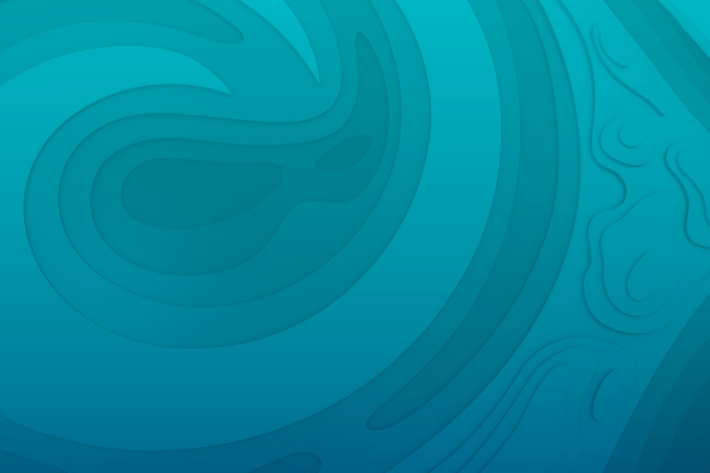
Pollen from NZ may be altering remote deep-sea ecosystems
Media release20 April 2017Pollen from New Zealand pine forests has been shown to travel more than 1500km through wind and ocean currents, and sink thousands of metres into the ocean to reach some of the world’s deepest ecosystems. -

Ecosystem monitoring
The role of toothfish in the ecosystem. -
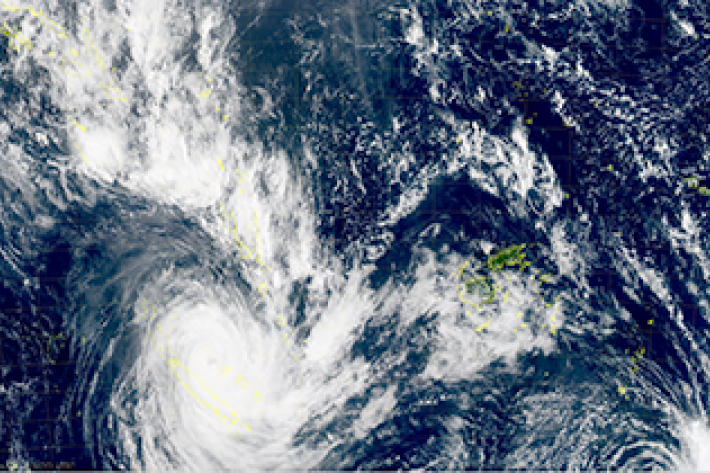
Tropical Cyclone Cook churning across Pacific
Media release10 April 2017NIWA meteorologist Seth Carrier outlines the likely path of Cyclone Cook, which is gaining strength in the Pacific. -
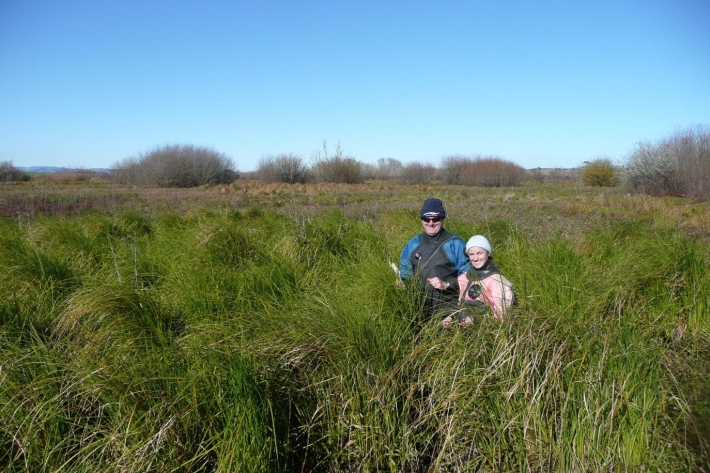
Ten years of willow control at Whangamarino Wetland 1999 - 2008
NIWA review of the ten year Whangamarino willow control programme and evaluation of willow distribution and other wetland vegetation types. -
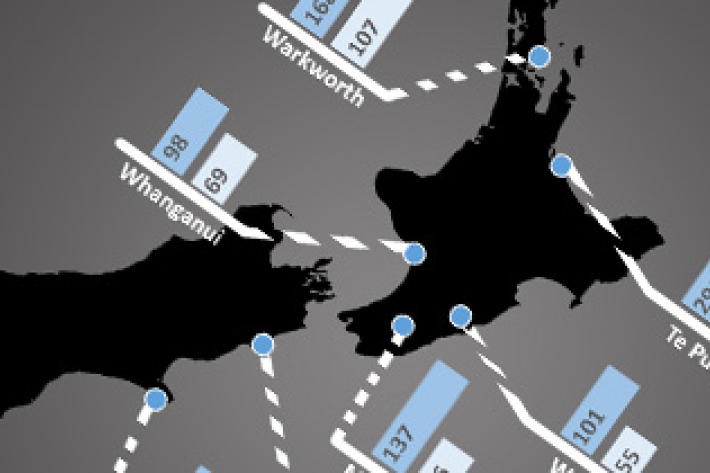
Tropical Torrent by the numbers
Media release07 April 2017The Tropical Torrent that spread over New Zealand this week, produced up to three times the normal April rainfall for some locations in three days, NIWA forecaster Ben Noll says. -
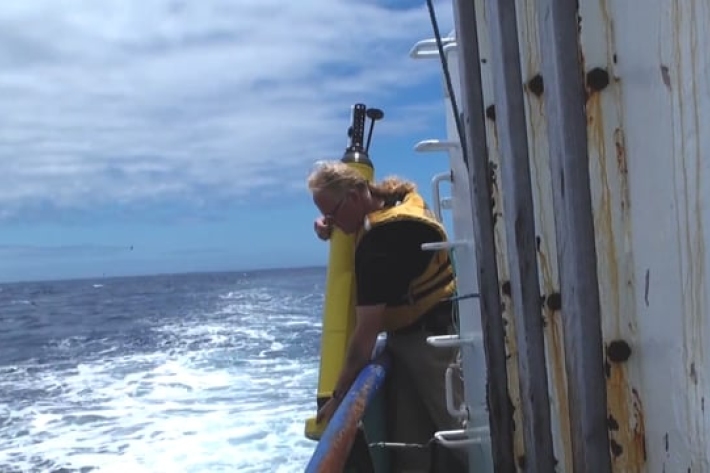
ARGO - measuring salinity and temperature across the oceans 5 April 2017
Since the early 2000s, NIWA has been part of the international Argo programme. Argo floats take the pulse of the oceans, collecting and distributing temperature and salinity observations from a global network of more than 3700 underwater robots.


